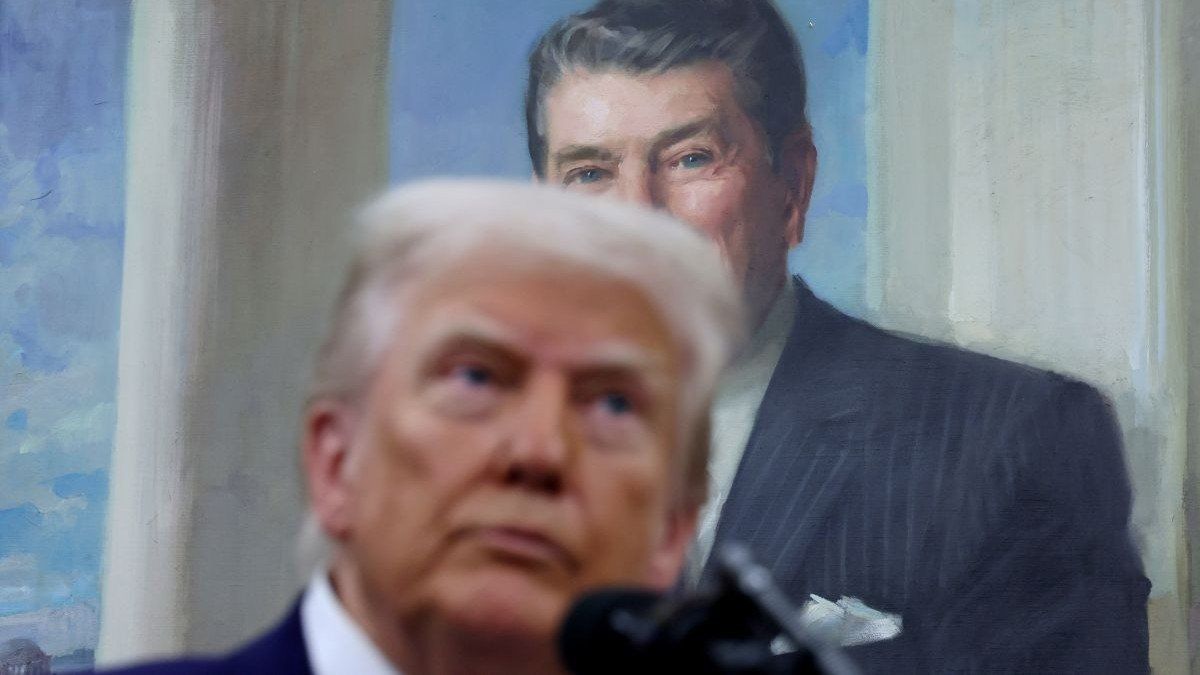What We’re Watching: Judge jams Trump tariffs, Harvard fight moves into court, Canadian carriers cut US flights
Judges shut down Trump’s “liberation day” tariffs
Donald Trump’s tariff gamesmanship ran into a legal brick wall on Wednesday when the Court of International Trade ruled that he did not have the authority to impose his sweeping “Liberation Day” import duties. The ruling also applies to fentanyl-related tariffs but does not affect sectoral duties on Canadian automobiles, steel, and aluminum. Markets rallied, the White House plans to appeal the ruling, so uncertainty prevails.
Trump’s fight with Harvard moves to court
While the White House lawyers are coping with a setback on trade, they pushed forward with another battle that will test the limits of executive power. In a Boston courtroom today, Harvard University will argue that the Trump administration violated the university’s free speech rights when it revoked international student visas. Expect Harvard, home to one of the world’s highest rated law schools, to make compelling arguments, using the president’s words to show he is on an ideological crusade.
Airlines cut routes as Canadians stay away
Canadian airlines are grounding flights to US destinations as Canadians continue to stay away from the United States in a grassroots reaction to Trump’s threats. In April, return air trips by Canadians fell 20% compared to 2024, Statistics Canada has reported, and automobile trips fell 35%. The decline in visitors is hitting the US tourism industry hard, putting more than 230,000 jobs at risk.
